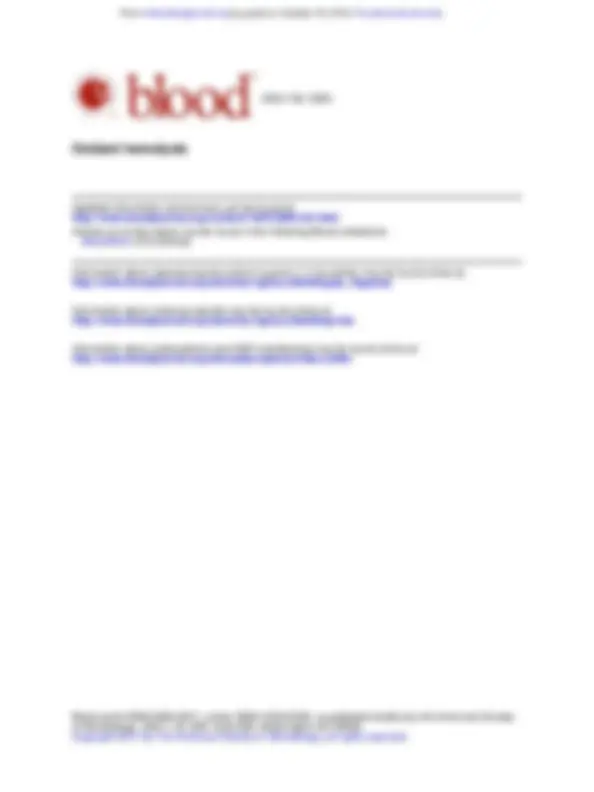



Prepara tus exámenes y mejora tus resultados gracias a la gran cantidad de recursos disponibles en Docsity

Gana puntos ayudando a otros estudiantes o consíguelos activando un Plan Premium


Prepara tus exámenes
Prepara tus exámenes y mejora tus resultados gracias a la gran cantidad de recursos disponibles en Docsity
Prepara tus exámenes con los documentos que comparten otros estudiantes como tú en Docsity
Los mejores documentos en venta realizados por estudiantes que han terminado sus estudios
Estudia con lecciones y exámenes resueltos basados en los programas académicos de las mejores universidades
Responde a preguntas de exámenes reales y pon a prueba tu preparación

Consigue puntos base para descargar
Gana puntos ayudando a otros estudiantes o consíguelos activando un Plan Premium
Comunidad
Pide ayuda a la comunidad y resuelve tus dudas de estudio
Descubre las mejores universidades de tu país según los usuarios de Docsity
Ebooks gratuitos
Descarga nuestras guías gratuitas sobre técnicas de estudio, métodos para controlar la ansiedad y consejos para la tesis preparadas por los tutores de Docsity
An insight into a case study of a patient who developed hemolytic anemia due to prolonged use of pyridium (phenazopyridine). Peripheral smear images and a heinz-body preparation, explaining the oxidant damage caused to red blood cells and hemoglobin. Published in the american society of hematology's blood journal.
Tipo: Esquemas y mapas conceptuales
1 / 2

Esta página no es visible en la vista previa
¡No te pierdas las partes importantes!


● Stanley Schrier, Stanford University Medical Center
he lefthand panel is a peripheral smear from a patient who developed a hemo- lytic anemia while taking Pyridium (phenazopyridine). She was supposed to take it for 3 days for bladder discomfort but continued taking it for almost a month. Note the “bite cells,” which are abnormal red blood cells (RBCs) that look like a bite has been taken out; other names are hemiblister or cross-linked cells. The drug causes oxidant damage to the RBC membrane and hemoglobin, leading to accelerated removal of the affected RBCs. The righthand panel is a positive Heinz-body prepara- tion from the patient. The supravital stain of the peripheral blood with new methyl violet detects oxidatively denatured hemoglobin. Splenic removal (pitting) of the dena- tured hemoglobin may produce the “bites” seen in the first panel.
The above image was first published in the ASH IMAGE BANK, a reference and teaching tool that is continually updated with new atlas images and images of case studies. For more information or to contribute to the Image Bank, visit www.ashimagebank.org.
I M A G E S I N H E M A T O L O G Y
Fromwww.bloodjournal.orgby gueston October 18, 2016. For personal use only.
http://www.bloodjournal.org/content/102/9/3083.full.html
Updated information and services can be found at:
BloodWork(473 articles)
Articles on similar topics can be found in the following Blood collections
http://www.bloodjournal.org/site/misc/rights.xhtml#repub_requests
Information about reproducing this article in parts or in its entirety may be found online at:
http://www.bloodjournal.org/site/misc/rights.xhtml#reprints
Information about ordering reprints may be found online at:
http://www.bloodjournal.org/site/subscriptions/index.xhtml
Information about subscriptions and ASH membership may be found online at:
Copyright 2011 by The American Society of Hematology; all rights reserved.
of Hematology, 2021 L St, NW, Suite 900, Washington DC 20036.
Blood (print ISSN 0006-4971, online ISSN 1528-0020), is published weekly by the American Society
Fromwww.bloodjournal.orgby gueston October 18, 2016.For personal use only.